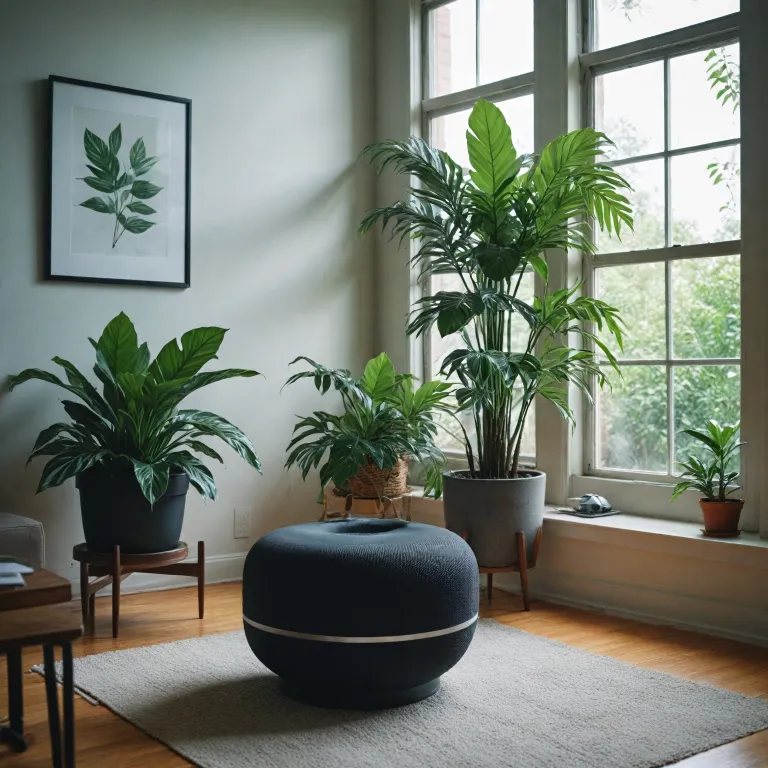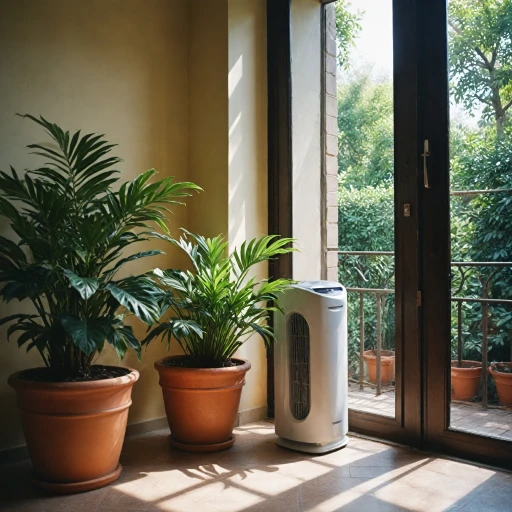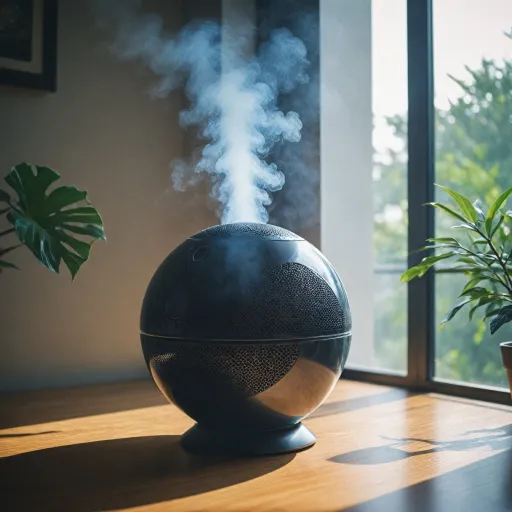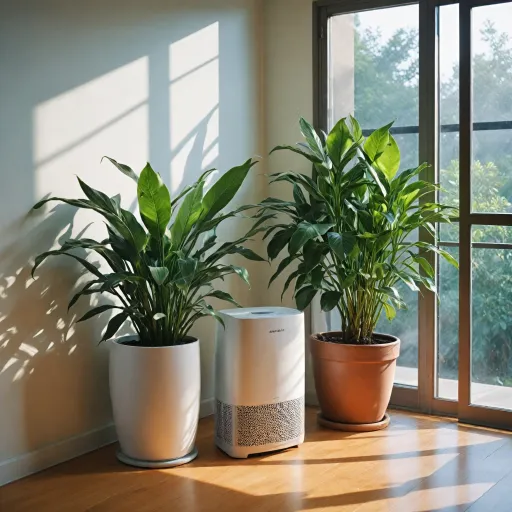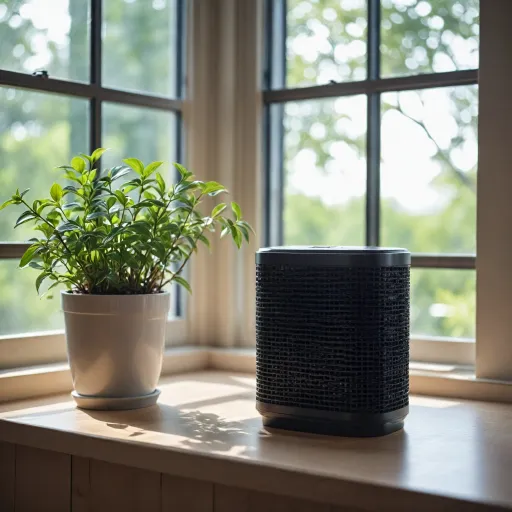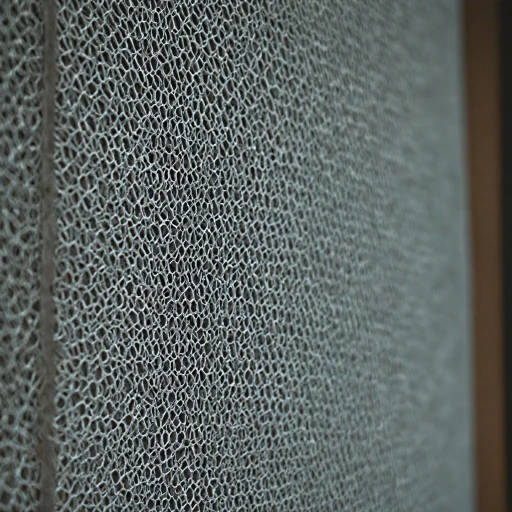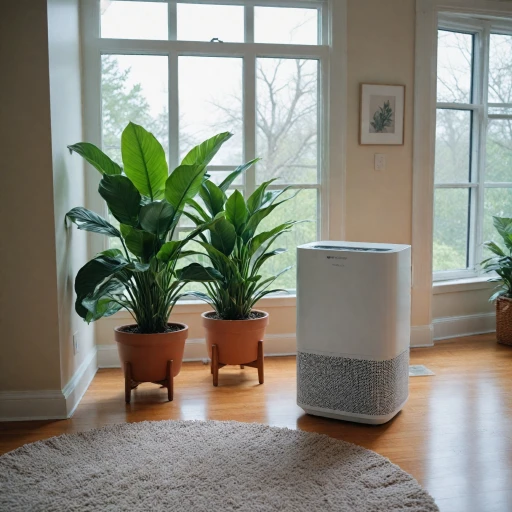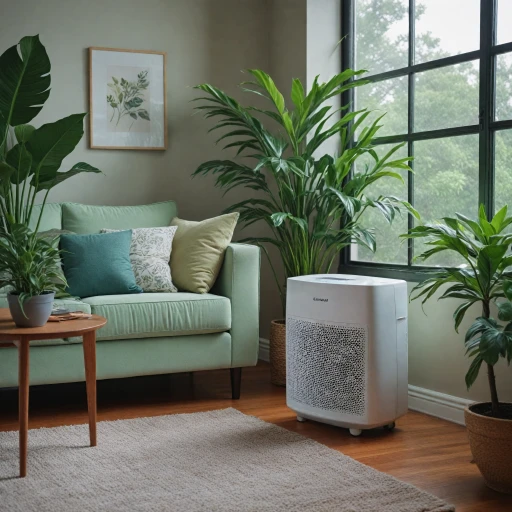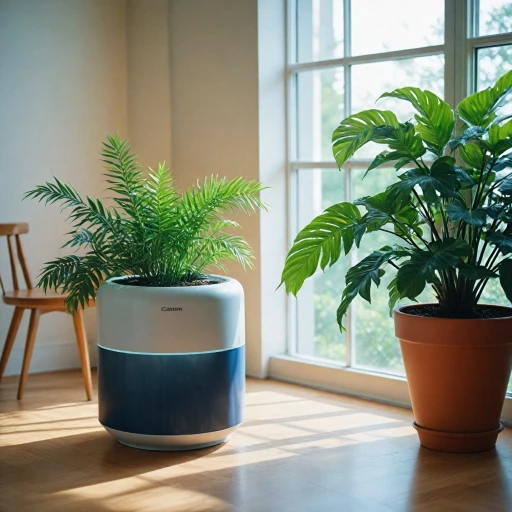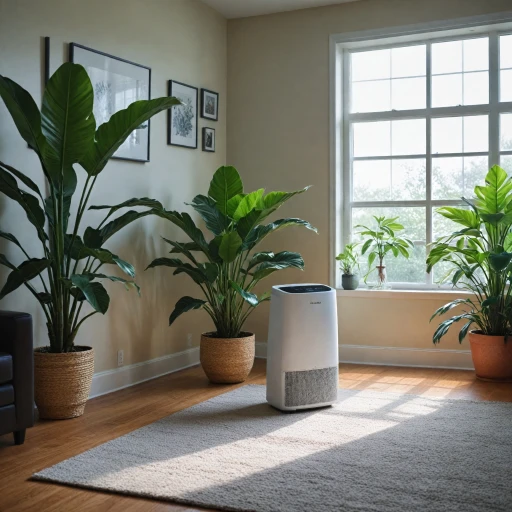
What is an Activated Carbon Purifier?
Delving Into Activated Carbon Air Purifiers
Activated carbon air purifiers have emerged as valuable allies in the quest for clean air. These purifiers use a specialized material known for its remarkable ability to trap and neutralize various pollutants. The core component, activated carbon, originates from carbon-rich materials such as coconut shells or coal, which undergo a specific process to significantly increase its surface area. Activated carbon acts like a sponge for odors, volatile organic compounds (VOCs), and other gaseous pollutants. Its high adsorption capacity makes it a crucial component in air purification systems, particularly in areas dealing with unpleasant odors or harmful gases. These carbon filters work in conjunction with other technologies, like HEPA filters, to boost overall air quality, handling particles such as pet hair and dander while also dealing with gases and odors. Many such products come with high-rated stars and certifications, like energy star, offering efficiency and assurance. Opting for an air purifier with both activated carbon and HEPA capabilities, particularly for large rooms, can aid those with dander allergies or those seeking a cleaner environment. For consumers making an informed decision, exploring benefits of bulk activated charcoal for air purifiers can be beneficial for understanding how and why this material works. Consequently, checking certified products with options available for prime big sales and year warranty options could further enhance your purchase decision. The effectiveness of this layered approach results in a comprehensive solution for various air quality challenges, ensuring a healthier living space.How Activated Carbon Filters Improve Air Quality
How Carbon Filters Enhance Indoor Atmosphere
Every air purifier enthusiast knows that air quality is a critical factor in achieving a healthy indoor environment. Activated carbon purifiers play a pivotal role in enhancing air quality by effectively targeting harmful pollutants and unpleasant odors. This is made possible through the advanced benefits of a charcoal air filter embedded within these products.
While HEPA filters are renowned for capturing fine particles like pet hair and dander allergies, activated carbon filters excel in adsorbing volatile organic compounds (VOCs) and odors from the air. These VOCs, often found in household products, can compromise health and comfort. Carbon's porous nature allows it to trap these gases, preventing them from recirculating in your home.
An activated carbon air purifier is essential for households seeking clean air without compromise. Products, often highly rated on platforms like Amazon, provide assurances of quality through verified customer reviews and certified product standards. Many models boast an impressive 5 stars for their effectiveness in large room settings.
- Odor Management: Activated carbon filters are particularly effective in reducing kitchen smells, tobacco smoke, and chemical fumes, enhancing overall air freshness.
- VOCs Reduction: Unlike standard filters, carbon filters are adept at minimizing exposure to harmful VOCs, contributing to a healthier living environment.
- Energy Efficiency: While improving air quality, these purifiers maintain energy efficiency, as indicated by their energy star ratings.
Choosing the right purifier can seem daunting with the range of products available. However, many consumers look for features such as a year warranty and a certified replacement filter list, ensuring the device's longevity. Prices vary, but investing in a high-quality carbon air purifier can offer significant improvements in air purification, especially for those sensitive to indoor air pollutants.
When comparing with other purification technologies, such as electrostatic air purifiers, the decision often boils down to specific needs and the targeted removal of odors and VOCs. Understanding these nuances can greatly aid in selecting the best product for your home.
Comparing Activated Carbon Purifiers to Other Technologies
Contrasting with Leading Air Purification Technologies
Activated carbon purifiers hold a significant place among air purification technologies. They excel at removing volatile organic compounds (VOCs), odors, and smoke, thanks to their porous carbon filters. However, to make an informed decision, it's essential to compare them with other prevalent technologies. HEPA filters, widely praised for their proficiency at capturing particulate matter, including pet hair, large room dust, dander, and allergens, offer a strong complement to activated carbon filters. While HEPA filters are efficient in trapping particles as small as 0.3 microns, they require a replacement filter periodically, often around every six months. An ideal solution often incorporates both activated carbon and HEPA filters for comprehensive air purification. In contrast, electronic air filters utilize electrostatic charges to attract particles. While they are efficient in specific applications, they might not provide the broad-spectrum purification required for environments heavily burdened by VOCs or persistent odors. A detailed understanding of electronic filters can help assess their fit for your needs. For those particularly interested in tackling smoke, certain products offer specialized options like spherical smoke filters, which enhance efficacy in targeted situations. Exploring these unique smoke-filter benefits could be critical for smoke-prone environments. When considering energy consumption, many air purifiers, including carbon-based ones, come with an energy star certification, suggesting that while ensuring clean air, they won't overly impact your electricity billing. Ultimately, the best choice often hinges not only on the price and rated stars of air purifiers but also on personal needs such as room size, specific allergies, and the environmental conditions. Many users appreciate the long-term investments in certified products that come with a year warranty, offering peace of mind and sustained air quality improvements.Choosing the Right Activated Carbon Purifier for Your Home
Factors to Consider When Selecting an Activated Carbon Air Purifier
Choosing the suitable activated carbon air purifier for your home involves assessing multiple factors to ensure the device effectively improves air quality. Here's a streamlined approach to help you make an informed decision.
Room Size and Coverage
Before purchasing, evaluate the size of the room you intend to purify. Ensure the carbon air purifier is designed to effectively cover your space. Some air purifiers are suitable for large rooms, while others are tailored for smaller areas. Check the coverage specifications, which are typically listed in square feet or meters.
Filter Efficiency and Types
Consider whether the purifier features a combination of activated carbon filters and HEPA filters, as these are ideal for removing a wide range of pollutants, including VOCs and pet hair, from the air. True HEPA filters are particularly effective in trapping tiny particles—an advantage if allergies are a concern.
Product Certification and Ratings
- Look for air purifiers that are "Energy Star" certified to ensure energy efficiency.
- Read verified customer reviews and ratings, aiming for products with high stars on platforms such as Amazon.
Filter Replacement and Maintenance
Pay attention to the availability and price of replacement filters. Some products might require monthly filter changes, while others offer longer-lasting options. A longer warranty period (like a one-year warranty) may also indicate a more reliable product.
Specific Needs for Air Quality
Identify if there are specific concerns you're addressing, such as odors or dander allergies, to ensure the purifier you choose addresses these. Carbon filters are especially effective for neutralizing odors, creating clean air, and improving the overall air quality in your home.
Cost Considerations
Base your choice not only on initial price but also on the long-term cost of ownership, including filter replacement and energy consumption. Ensure that the benefits meet your needs while staying within your budget.
Maintenance and Longevity of Activated Carbon Purifiers
Essentials of Keeping Your Activated Carbon Purifier in Top Shape
Maintaining your activated carbon purifier is crucial to ensure optimal performance and extend its lifespan. Regular upkeep can help maintain effective air quality improvement, tackling VOCs, odors, and dander allergies effectively.- Replacing Filters: The most critical aspect of maintenance is the timely replacement of the carbon filter and HEPA filter. Typically, carbon filters should be replaced every 3-6 months depending on usage and the manufacturer's instructions. HEPA filters, known for trapping fine particles and pet hair, may last longer, usually around a year. It's crucial to monitor their condition and replace them as necessary to maintain clean air efficiency.
- Energy Efficiency: Opt for products with an Energy Star rating, as they offer superior energy efficiency without compromising air purification capabilities. This can be particularly beneficial when the purifier is used in a large room.
- Regular Cleaning: Keep the external and internal components of the air purifier free of dust and debris. Cleaning the exterior with a damp cloth every month can help maintain its aesthetic value and prevent dust accumulation. Avoid using harsh cleaning products as they may damage the device.
- Product Care: Following the care instructions in the user manual certified by the manufacturer is vital. Some purifiers may come with a year warranty, ensuring that issues related to the carbon air filtration system can be addressed should they arise.
- Usage Monitoring: Keeping track of the machine's operational hours and intensity can help determine when a replacement filter or maintenance is due. Devices with smart indicators provide notifications for when a new filter is needed, making upkeep more straightforward.
The Environmental Impact of Activated Carbon Purifiers
Evaluating the Environmental Footprint
When considering the impact of activated carbon purifiers on the environment, several factors need to be taken into account.- Sustainable Material: Activated carbon, the primary component of these purifiers, is typically derived from organic materials such as coconut shells or other renewable resources. This makes it a more sustainable choice for air purification compared to synthetic materials.
- Energy Consumption: Many of these purifiers are certified under the Energy Star program, highlighting their efficiency in consuming less power during use, which is crucial for reducing energy consumption at home. Using an energy-efficient purifier may help to lower monthly electricity bills while also lessening your carbon footprint.
- Longevity and Waste: Proper maintenance can prolong the life of these purifiers, but eventually, replacement filters will be necessary. Fortunately, many manufacturers have taken strides to ensure that carbon filters are recyclable, keeping the environmental impact to a minimum.
- Reduction of Indoor Pollutants: By effectively capturing VOCs, pet hair, and other indoor pollutants, activated carbon purifiers contribute to cleaner air indoors, indirectly supporting environmental health by reducing reliance on external air treatment measures.
